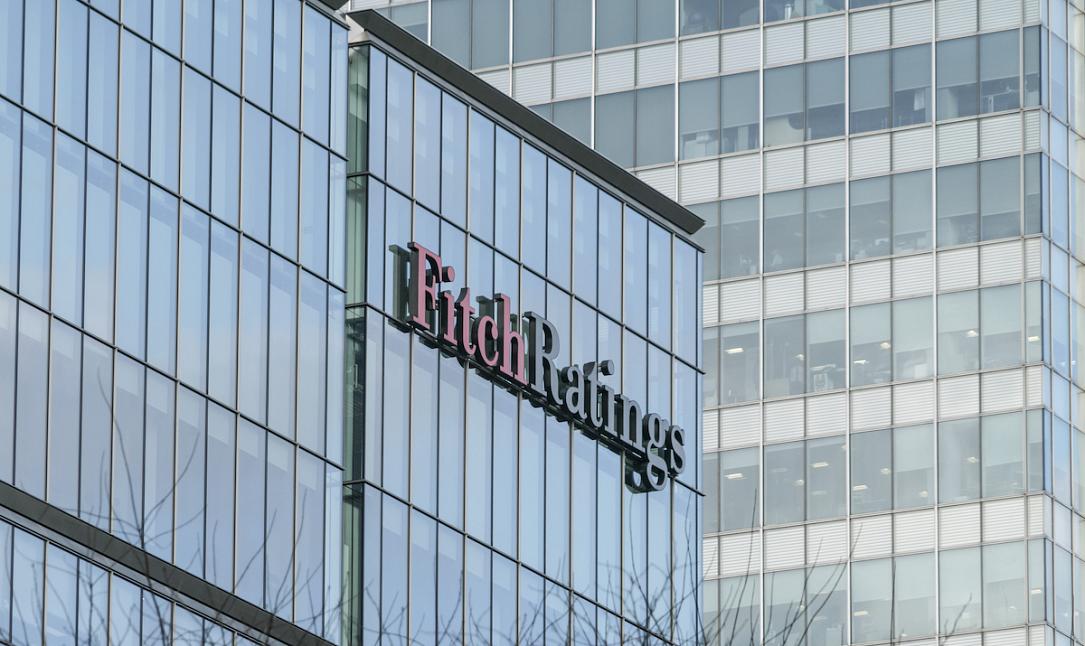Fitch: Romania's public deficit not under 3% of GDP "until at least 2026"



International rating agency Fitch affirmed Romania's BBB- rating and the stable outlook, keeping it in the investment-rate range, mostly on expectations that the Recovery and Resilience Facility (RRF) is an anchor for the fiscal consolidation that is otherwise problematic.
Even so, Fitch admits that the government's planned fiscal adjustment is still largely unknown and does not expect the country's public deficit to fall below 3% of GDP "until at least 2026."
Romania's BBB rating balances the country's resilient growth, below-average indebtedness, safe deficit financing so far and financial system's stability with the wide twin deficits and persistent inflation. The RRF plays a key role in the rating agency's decision.
"Although details of the EU fiscal framework are still uncertain, the fiscal conditionality of the RRF grants serves as an important anchor for Romania," the rating agency's note reads.
Fitch expects the fiscal adjustment to have an annualised impact of 2% of GDP and bring the budget deficit down to 4.8% in 2024 from 5.5% of GDP this year. It is a rather optimistic projection for this year, given the government's latest statements, and yet twice the BBB group's median deficit.
The rating agency's economic growth projections are somehow optimistic as well: 2.9% GDP for this year and 3.2% for the coming two years, in contrast with the eurozone's slower growth rates (0.8%, 1.4%, and 1.7%, respectively).
Compared to the BBB group's median growth of 3.1%, Romania's 2.9% economic advance this year is not only questionable (independent analysts have recently revised their forecast downward) but also slightly lower.
The disinflation process is seen as lengthy.
"We expect lengthy disinflation until 2025 in light of inertia. HICP inflation is forecast at 9.3% in 2023, 5.6% in 2024 and 4.2% in 2025, with risks skewed to the upside," the note reads.
Like the public deficit, Romania's current account deficit (CAD) remains wide - but safely financed, at least as of now.
"The CAD rose to 9.3% of GDP in 2022, from 7.2% in 2021 and 4.9% in 2020 and the 'BBB' median of 1.7%. We forecast it narrowing in 2023-2025 to the 5-7% of GDP range, converging to its pre-pandemic average. Romania will continue to have one of the largest CADs in central and eastern Europe and the 'BBB' category, partly reflecting competitiveness challenges."
iulia@romania-insider.com
(Photo source: Erik Lattwein/Dreamstime.com)